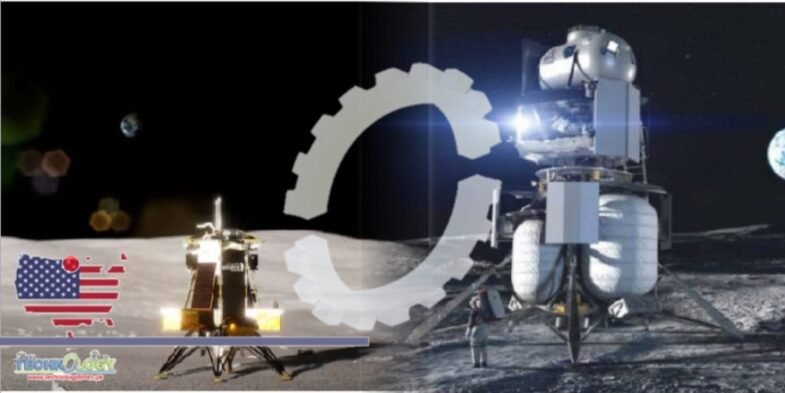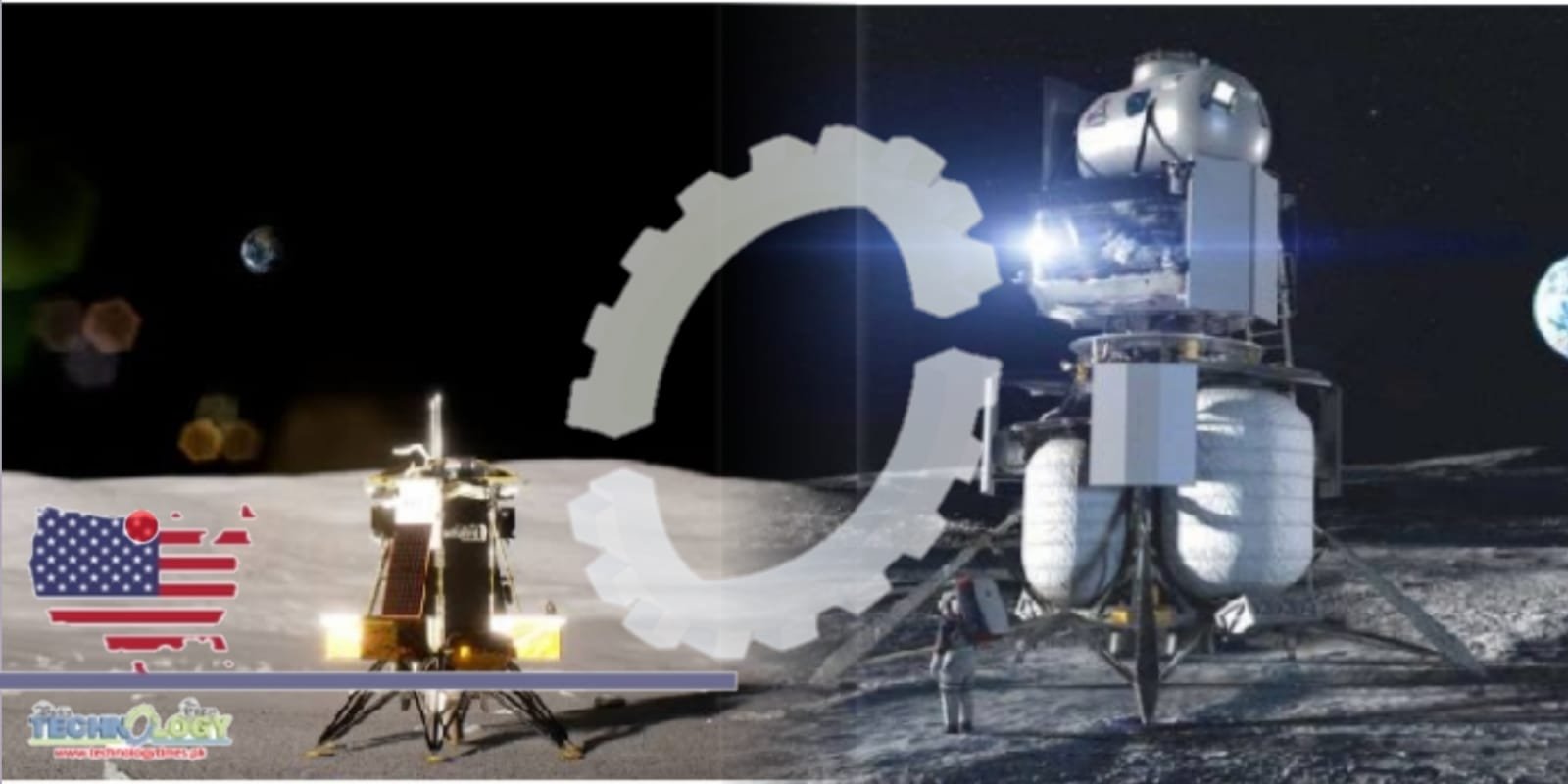NASA once again selected a Houston-based company to launch a shipment of lunar science equipment, this time in 2024.

Intuitive Machines will send four investigations to the moon in 2024 as part of the agency’s Commercial Lunar Payload Services (CLPS) initiative to support human landings under the Artemis program, according to a Nov. 17 agency statement.
Intuitive’s Nova-C lander is expected to touch down at Reiner Gamma, a so-called “lunar swirl,” which is a bright feature tens of miles across that sometimes appears in groups. These magnetic features could be rich in mining resources.
Related: Amazing moon photos from NASA’s Lunar Reconnaissance Orbiter
“Observing lunar swirls can give us information about the moon’s radiation environment and perhaps how to mitigate its effects,” Zurbuchen added. “With more and more science and technology demonstrations on the lunar surface, we can help prepare for sustainable astronaut missions through Artemis.”NASA
The new $77.5 million task order follows two other Intuitive Machines-led missions. The Houston-based company’s initial delivery, set for early 2022, will touch down near Vallis Schröteri, the largest valley on the moon. Later in 2022, Intuitive Machines will send the ice-drilling NASA PRIME-1 mission to the moon’s Shackleton crater in 2022.
The 2024 delivery will include four investigations with a mass of roughly 203 pounds (92 kg). In NASA’s words, the payloads are:
Lunar Vertex, which is also part of the Payloads and Research Investigations on the Surface of the Moon (PRISM) set of investigations. Stationary lander payloads and a rover will make detailed measurements of the magnetic field, plasma environment and regolith properties. Lunar Vertex is funded through the agency’s science mission directorate and is led by the Johns Hopkins Applied Physics Laboratory.
Cooperative Autonomous Distributed Robotic Exploration (CADRE) consists of mobile robots programmed to work as an autonomous team to explore the lunar surface, collect data, and map different areas of the moon in 3D. It is led by NASA’s Jet Propulsion Laboratory.
MoonLIGHT retroreflector is a laser retroreflector, which reflects laser beams sent from Earth directly back from the moon to receivers on Earth. This allows very precise measurement of the distances between the reflector and the ground station. MoonLIGHT is managed by the European Space Agency (ESA).
Lunar Space Environment Monitor (LUSEM) uses a pair of apertures to detect high-energy particles on the lunar surface. LUSEM will monitor variations in the near-surface space environment when the moon is inside and outside Earth’s magnetotail – the trailing end of the magnetic fields surrounding our planet. LUSEM is managed by the Korea Astronomy and Space Science Institute (KASI) in South Korea.
Source: space
